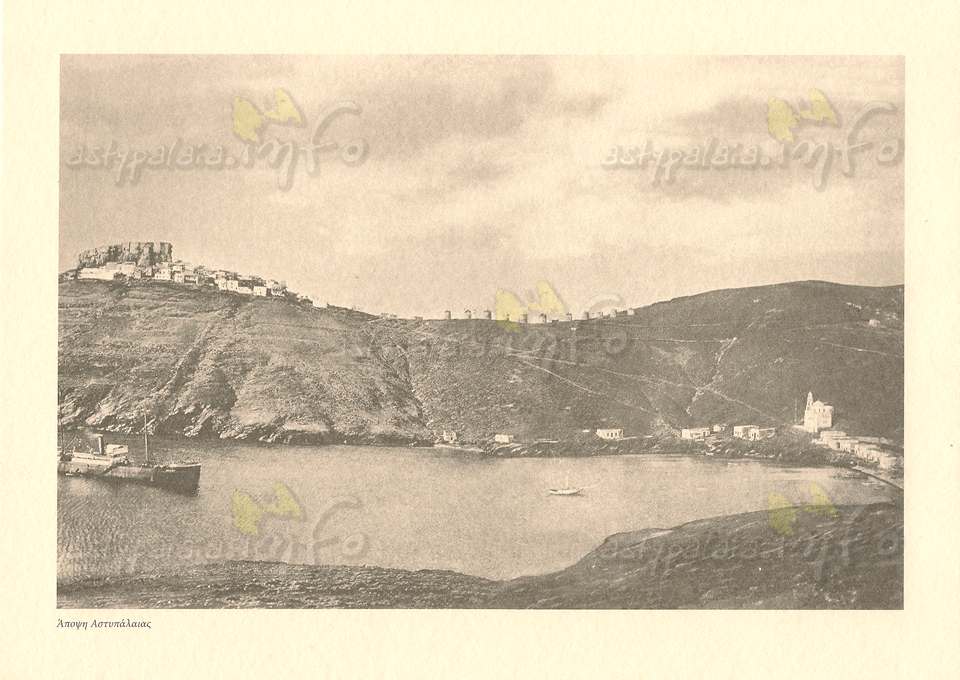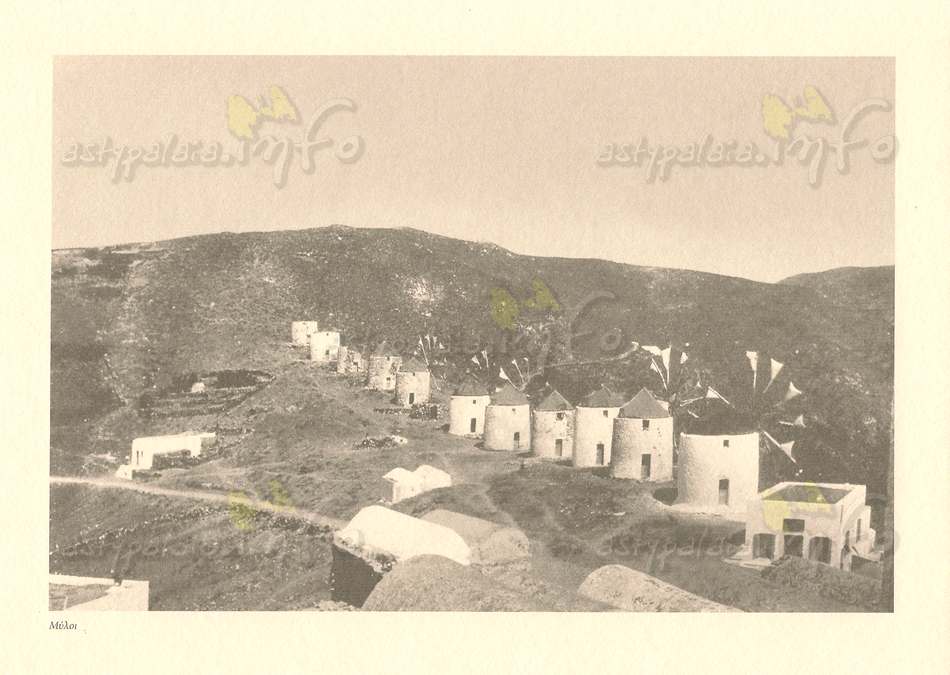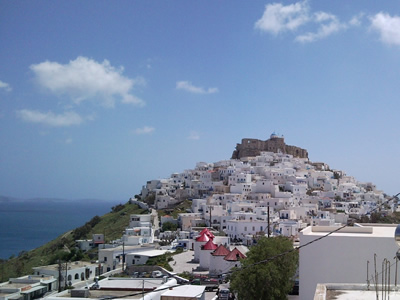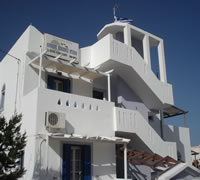History

Astypalaea is known by the same name since the island was firstly populated thousands of years ago. Other names the island was called with have to do merely with differing idioms: “Astopalia”, “Astropalia” and “Stipalia”. According to Greek Mythology Astypalaea was the daughter of Phoenicus who was a brother of Europa, and Perimede. The sea god Poseidon fathered Astypalaea's son Agkaeos who was one of the Argonauts, and the king of Kos Eurypylos.
The first settlers were the Carae from Asia Minor who nick-named the island “Pyra” (=fire) due to reddish colour of the island's soil. The “Gods' Bank” was another one of Astypa-laea's ancient Greek nicknames owing to the plentiful fruits (such as grapes and oranges) and the fragrant flowers. The Carae were succeeded by the rule Minoan Crete and eventually the island was settled by colonists from Megara. The various archaeological findings – mostly coins – in recent excavations and the frequent references on the island found in classical texts as well as in other archaeological evidence from elsewhere in Greece give us a glimpse of how important and prosperous the island must have been in its heydays.
Visitors can begin to understand the island's history by seeing those findings that are on display for the public in the Archaeological Mu-seum in Pera Yalos. During the Hellenistic Period (4th - 1st centuries BC) the island was an important naval base of Ptolemaic Egypt and remained important well into the Roman Period as the natural docks of Astypalaea provided an excellent staging ground for the imperial navy's expeditions against the pirates of the Mediterranean.

Later during the Byzantine era (4th - 13th c. AD) the continuous growth of piracy forced the is-landers to abandon their houses on the shores and develop new settlements fur-ther inland within the protection of castle walls. The characteristic settlements of white & blue houses built very close to one-another so representative of the entire Aegean Archipelago, developed through the need to be more defensible against pirate raids. During the same era the castle of Agios Ioannes (=Saint John) was built on the south-west coast of Astypalaea the remains of which are visible to this day.
The Ancients also nicknamed Astypalaea the “fish-bounded” because of the pro-ductive fishing waters around the island that still offer plenty and good quality fish to this day. The most important period, in which the most notable landmark that endures to the present day -the Castle- was built, was the Venetian period after the fall of Constantinople to the 4th Crusade in 1204. Markos Sanouthos, the Ve-netian founder of the Dukedom of Naxos, conceded Astypalaea to a fellow Ve-netian nobleman called John Querini. He was the establisher and first occupant of the lodgings in the centre of modern-day Chora.
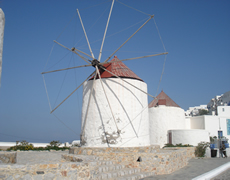
The Venetians occupied the island from 1207 to 1269 when the Byzantines reclaimed it. Despite that in 1310, John Querini II, governor of Tinos and Mykonos and descendant of John Querini I, re-conquered Astypalaea once again with the help of Markos Grimanis. The Querini family retained the island as their personal fiefdom undisputed for about 300 years. Each of the successive rulers had renovations and additions built to improve the Castle's fortifications. Commemorative plaques with the family's coat-of-arms en-graved on them are to be found in many parts of the wall in order to testify for the rulers' grandeur in ages past. One of these plaques, which survives in its place and in one piece to this day, can be seen on a prominent side of the walls. It was placed there by John Querini IV, count of Astypalaea and his wife Isabetta on the day dedicated to Saint Querini -the patron saint of the family- in March 1413.
The Venetians lost the island to Barbarosa's Turks in 1537. During the Turkish period (1537-1912), Astypalaea enjoyed several privileges that allowed some degree of autonomy to the islanders. Astypalaea participated in the Greek War of Independ-ence (1821-1829) but remained beyond the frontiers of the first modern Greek state as was the case with the rest of the Dodecanese islands. All of the Do-decanese remained under the Turks until the Turkish-Italian war of 1912 when the Italians took over.
Archeorogical Museum of Astypalaia



The Astypalaia Archaeological Museum is housed in a ground-floor hall, which was granted to the Hellenic Ministry of Culture by the Ecclesiastical Charity Fund of Astypalaia in 1994. The exhibition was organized in 1995-1996 and in the following years it was improved and enriched with the special audio-visual programme (Echorama). The museum was inaugurated in September 1998.
Administrative Information:
Astypalaia (Prefecture of Dodekanissa)
Telephone: +30 22430 61500
Email: protocol@kbepka.culture.gr



